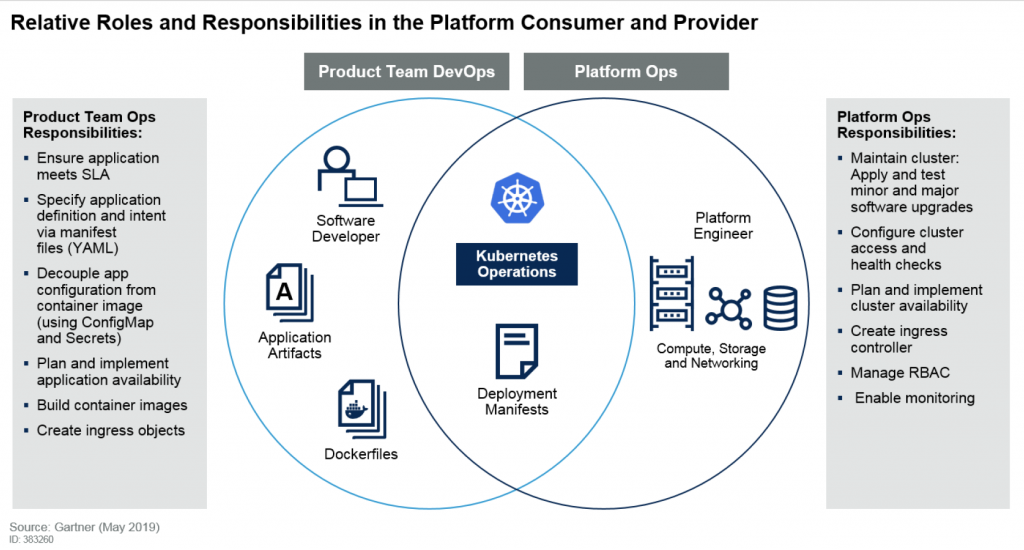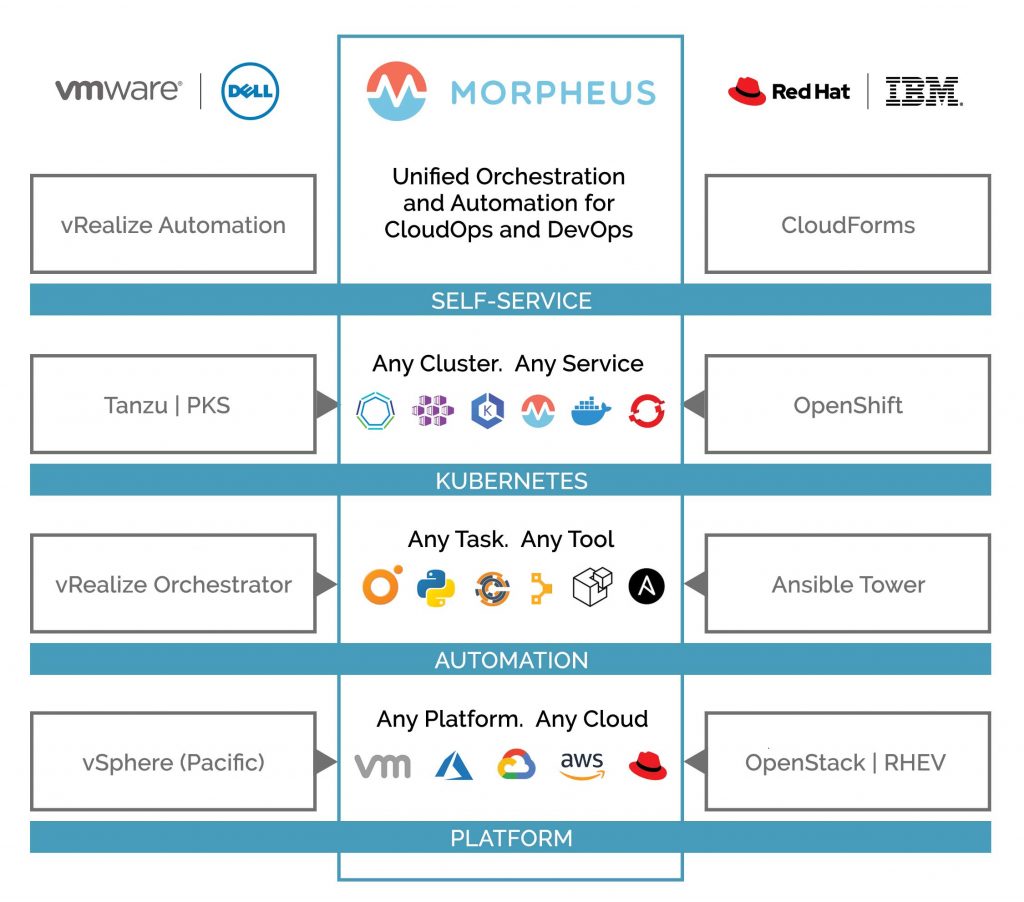It’s been a while since I’ve had time to put pen to paper, but Q4 vendor events have me on flights for 4 weeks on a row so I figured it would be a good time to make use of the lack of interruption. ‘ I already wrote two whitepapers so now it’s blogging time; starting with a reflection on our most recent two events as a backdrop for some competitive comparison.

First up was VMware VMworld Europe where I spent a fantastic week in Barcelona surrounded by all the Jamon I could eat as well as Gaudi’s beautiful architecture influence. From Casa Mil and Batll to Parc G ell the city is a colorful mosaic of organic shapes that helped to forge a new era of design in the early part of the 20th century.

VMworld itself was a great event; it’s been refreshing to see that traditional ops crowd shift over the last few years from being storage-focused to cloud-focused. Even the storage stalwarts were liberally using multi-cloud and hybrid-cloud on their messaging.
Fast forward and just this past week I was at my first KubeCon in San Diego; all I can say is WOW, the difference between the two crowds was pretty striking. KubeCon still had a fair number of operations professionals trying to figure out how to better serve developers but the event was also equally made up of true developers. I honestly wasn’t sure what to expect heading in but was thrilled to have so many conversations with customers who were trying to wrestle with hybrid cloud and governance in the context of their K8 journey.
I was also thrilled to have a celebrity fly-by from Brian Grant of Google. Brian joined the Borg team in 2009 and went on to co-found Kubernetes and is now one of the GKE technical leads and a Kubernetes Steering Committee member. He’d seen our announcement about the CNCF certified Morpheus Kubernetes Service and spent a half-hour chatting about the K8 community past, present, and future.

The contrast between #VMworld and #KubeCon made it clear that if Infrastructure and Operations (I&O) teams don’t move fast, the App-Dev community is not going to wait around. In fact, ‘self-service’ is why the same DevOps teams who embraced Cloud Computing are also sitting squarely in the middle of the K8 frenzy. They’ll do whatever it takes to achieve the velocity needed for continuous delivery.
It was a tale of two cities, two platforms, and two organizational domains. I thought the Gartner team did a good job earlier this year in their paper titled ‘How I&O Can Properly Deliver Kubernetes Support.’ One of the strategic planning assumptions they highlighted in the doc was that ‘by 2023, Kubernetes will be deployed in more than 80% of all on-premises private cloud and cloud inspired environments, up from less than 10% today, requiring I&O to acquire operational competencies.‘

The responsibility of the Kubernetes platform team in the Gartner graphic above is strikingly similar to that of the VMware administrator of years past and is what I’d up-level in today’s nomenclature as the CloudOps team. I’d also go further and posit that the maturity model for a well-functioning cloud-enabled organization is in many ways paralleled by the maturity model around DevOps.
We’re seeing this CloudOps and DevOps convergence all around and it’s not just me. Take a look at the Dell VMware strategy around Tanzu and the amount IBM paid for Red Hat in large part driven by OpenShift. The platform control point and the delivery mechanism for enterprise agility are in large part driven by an I&O function that is quickly having to become fluent in both VMware and Kubernetes as well as both on-prem and public cloud delivery.
Morpheus was a container-first platform developed by a bunch of DevOps practitioners who needed a flexible framework to deploy new apps independent of platform or premises. The features they developed for themselves fit the Gartner definition for CMP (where we were named a Leader) but it has an equal number of capabilities that are not in the traditional CMP domain’ namely around container management and DevOps automation. We’ll go deeper on that in another upcoming blog.

It’s a foundation to bridge the gap between teams, tools, and processes independent of where and how applications are deployed. Unlike vendor-specific tools that force you to rip and replace existing technologies, Morpheus unifies tools you already have and lets you manage your clouds and application platforms your way – just better and with zero lock-in.
We’d love to connect with you and dive deeper into how Morpheus can complement and sometimes replace various elements of the VMware and Red Hat technology stack while still enabling you to benefit from existing expertise with their respective offerings.
If you want to skip the reading and jump on a quick call for a discussion and demo just sign up here.